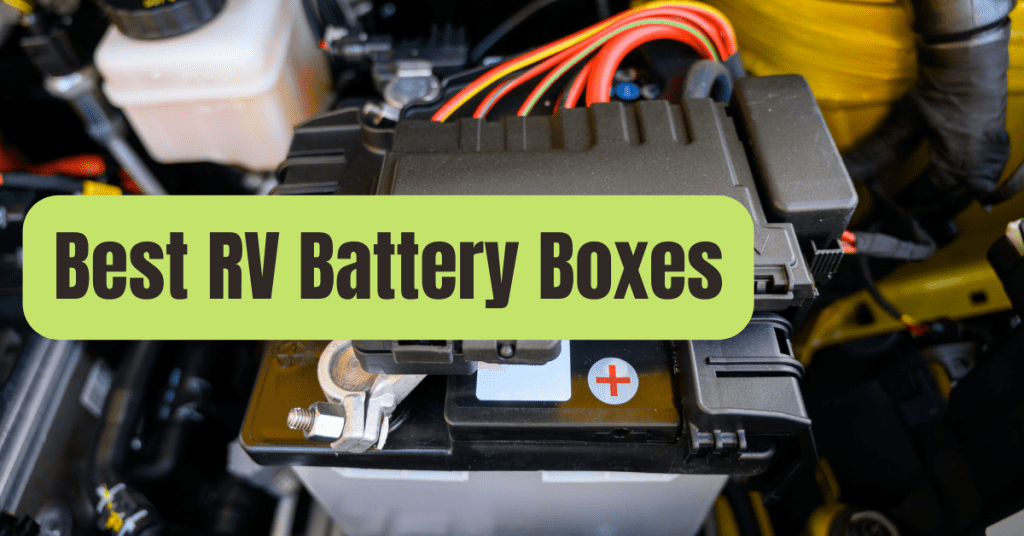Your appliances may be powered by solar panels.
They have a number of benefits.
It follows that you would naturally wish to take advantage of these advantages.
But making the decision to purchase a solar panel is one thing.
However, the whole procedure involves a lot of specifics.
You must be aware of the many specifications of the solar panel you want to employ.
You must be aware of additional information after you have determined the output you want.
These include things like the size of the wires you must utilize.
What Cable Size Is Needed For A 300W Solar Panel?
A 300-watt solar panel should use solar wire that is 10 AWG in size.
Your solar panels would be protected as a result.
Additionally, it would guarantee that the panel performs at its best.
The Function of Solar Panel Cables
In order for electricity to flow via solar wires, conductive material is used in their construction.
When it comes to solar panels, manufacturers often use copper as the material.
But there are other ones made of aluminum.
This is so that copper can meet all the requirements for solar panels to function properly.
The copper-based substance has an excellent electrical conductivity.
Conductivity by itself, however, is insufficient.
Additionally, the material must properly transport electrical energy.
Copper also acceptable meets this need.
It is also plentiful and reasonably priced in addition to all of this.
Therefore, it is the best option.
Silver and other metal with similar benefits are too expensive to provide sufficient revenues.
They create the solar cables after the wire has been decided upon.
So, a collection of solar wires is all that solar cables are.
When making solar cables, the wires would either be covered with insulation or left exposed.
Whatever the case, they guarantee that the cables link various solar panel components, which is the objective of solar cables.
Therefore, the designers make sure they are not impacted by changing weather.
The solar panels’ longevity is ensured by doing this.
How Do I Determine The Solar Cable’s Size?
Among other things, a solar wire’s size affects how much current it can carry.
One of two things could happen, for instance, if you chose the incorrect wire size.
So, here are some things to keep in mind:
- A fire danger might result from a wire that is the incorrect size. The likelihood of the fire spreading is quite high since the nearby components would also be able to conduct electricity.
- Even if the second circumstance is less risky, it is still not ideal. If you don’t size the solar wires properly, you can encounter some power losses.
- They would create greater voltage dips, which is why there would be a loss. It implies that you wouldn’t be able to use your solar panels to power as many gadgets as you should be able to.
- So, now that you are aware of the significance of wiring, you should be able to choose the appropriate kind.
- First, there are two wire standards: AWG and B&S. It might be really perplexing. However, since the standards are essentially the same, you may use them interchangeably.
- Additionally, you must be aware of the kind of solar wires used in your solar panel in order to determine the amount of gauge you want.
- For instance, you most likely have stranded wires if your solar cables are simple to channel and mostly unaffected by vibrations. Normally, a large wire gauge would be required in this circumstance.
- Now that you are aware of how these elements impact the size of your solar wire, all you have to do is look at the chart your manufacturer has given. Based on the details of your solar cables, this would be the most accurate information.
How Far Away From Each Other Should Solar Panels And Batteries Be?
The distance between the solar panels and batteries should be taken into consideration as a vital factor.
It also relies on where it will be fastened and the loads that will be applied.
Batteries and solar panels should be separated by 20 to 30 feet.
Additionally, the charge controller must be no farther than a meter away.
Energy is lost if the distance between them is too great.
However, if there is less space between them, your panels will last longer.
Therefore, it’s crucial for households to have the proper distance between the solar panels and batteries.
Additionally, the distance between them often cannot exceed 30 feet.
If that’s the case, be sure to utilize a good cable wire.
Shorter Wires: Are They Better?
You would be concerned about the wires in your solar panel cable if you wanted to increase the efficiency of the cable.
The thickness and length of the wire are two more factors that affect its performance in addition to the kind of material utilized.
There would be a significant energy loss during transmission when employing tiny cable lines.
It is as a result of the conductor limiting the current flow.
Use short, thick cable cables to solve this problem.
As a result, there is little energy loss during transmission.
Longer cables cause more energy to be lost during transport.
Furthermore, the wire’s thickness may contribute to this energy loss.
It applies to both batteries and solar panels.
The amount of energy loss in solar systems would depend on the cable, solar panel, and batteries you utilized as well as the distance between them.
In addition to this, you may care for the battery to increase the system’s performance.
Therefore, you are able to utilize a battery with a high voltage.
Conclusion
There’s no denying that you now have the ideal guidance for selecting the best cable wire for your solar panel.
You must get the correct size cable.
So, use this advice to help you choose wisely.
Consult a professional if you need help selecting the proper components for your solar panel or installing it.










